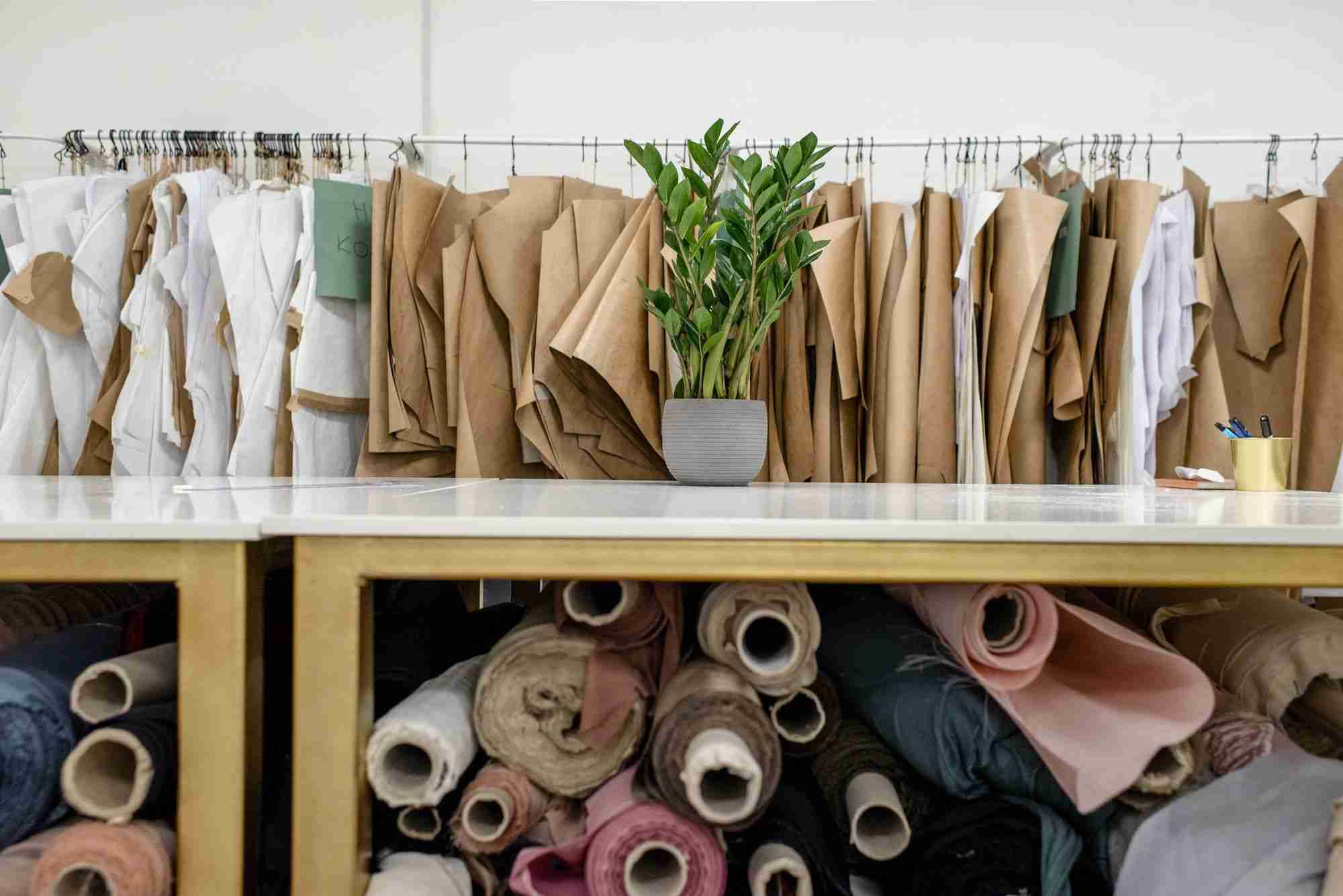In the 21st century, we are facing environmental challenges like never before. As a result of our growing urban population and heightened demand for products, the planet is straining to keep up with current demands. One of the most significant challenges we face is how to tackle issues relating to waste management.
Arguably, one of the most important ways in which we can combat these issues is by implementing a circular economy as opposed to a linear one. In this article, you will learn more about these two economic models and why switching from a linear economy to a circular one is essential if we want to protect our planet for future generations.
What is a Linear Economy?
A linear economic model, also known as a ‘take-make-waste’ model, is a business model based on a ‘take, make and dispose’ approach. In other words, in the linear economy, businesses focus on taking raw materials, transforming them into a product, and then disposing of the product at the end of its lifecycle.
This type of economic model has been the norm for many decades. The linear economy is currently the prevailing economic model in most regions of the world. Resources are taken from the environment, transformed into useful goods and then disposed of at the end of their useful life.
Linear economies are problematic for a number of reasons. Firstly, this model is unsustainable in the long-run as it leads to ‘resource depletion’. In practice, this means that a company’s supply of raw materials is limited. Additionally, it leads to ‘pollution’ as these raw materials are transformed into products that can negatively impact the surrounding environment.
What is a Circular Economy?
A circular economy is a business model based on the reuse-repair-recycle approach. In other words, businesses focus on taking, repairing, and reusing products until they are no longer viable, at which point they are recycled.
This type of economic model is just as sustainable as it is effective. A circular economy is an alternative economic model that seeks to reduce waste by closing the loop in materials and products. This means that materials that have been used up are recycled and reused, rather than thrown away and replaced.
Linear vs. Circular Economy: What’s the Difference?
The main difference between a linear and circular economy is that the latter renews a product’s materials and resources at the end of its life cycle by using it for the beginning of a next product’s life cycle.
In a linear economy, materials are extracted, processed, used, and discarded with no thought given to future use or recycling. In a circular economy, the materials used are designed to be reused or recycled at the end of their life.
When a linear economy is compared to a circular economy, it becomes evident that a circular economy is more sustainable as it reduces the use of raw materials and energy by repurposing materials. As such, a circular economy is important for any person who wants to make a difference in the world.
Why the Circular Economy is Important
The reasons why the circular economy is important are when it comes to…
Resource Depletion
To function properly, all economies need natural resources. Unfortunately, the current linear economy is depleting these resources at an alarming rate. As such, unless we transition to a more sustainable economic model, natural resources will be depleted to the point where they are no longer useful.
Pollution
Another key reason why the linear economy is unsustainable is because of pollution. In the linear economic model, companies take raw materials from the environment, transform them into goods, and then dispose of them after one use. This can cause significant pollution as these raw materials are transformed into products that can negatively impact the surrounding environment.
Inequality
Another issue that is related to the linear economy is inequality. The linear economy model is incredibly inefficient and leads to an uneven distribution of goods. This can lead to an unequal society in which some people are left behind. A circular economy, on the other hand, is designed to benefit everyone.
Ecosystem Health
Another issue that is related to the linear economy is ecosystem health. In the current model, ecosystems are negatively impacted by the use of harmful pesticides and other chemicals. A circular economy, on the other hand, is designed to be environmentally friendly as it uses renewable sources of energy and natural materials.
The Importance of a Consumer-Based Society
Perhaps one of the most important aspects of the linear economy is that it focuses on a ‘manufacturer-based society’. In this type of society, manufacturers focus on selling their products to the consumer, who then disposes of them at the end of their lifecycle. A linear economy is problematic because it encourages consumers to purchase goods they do not need. This, in turn, leads to more waste and has a negative impact on the environment.
A circular economy, on the other hand, is designed to focus on a ‘consumer-based society’. In this type of society, both manufacturers and consumers are responsible for managing waste. In other words, both parties are responsible for reusing and recycling goods at the end of their lifecycle.
Limitations of a Circular Economy
While we know the circular economy is a solid theory that is worth implementing, it’s also important to understand its limitations that we can start working through. The limitations of the circular economy you should know about are…
Infrastructure
One of the main limitations of a circular economy is the lack of proper infrastructure. In the current model, consumers are responsible for disposing of goods at the end of their lifecycle. This can be done in a number of ways, including recycling and reusing goods. A circular economy, on the other hand, requires manufacturers to step in and help consumers reuse and recycle goods. This requires a lot of capital and infrastructure and is therefore more difficult to achieve.
Awareness
Another limitation of a circular economy is that consumers need to be aware that they can reuse goods. In the current model, consumers are conditioned to throw away goods after one use. A circular economy requires that consumers change their behavior and learn how to re-use goods. This can be difficult as it requires a significant shift in the way people think.
The Free Market
Another limitation of a circular economy is that it is not currently enforced by the free market. In the current model, manufacturers are only interested in selling their goods and do not care about the lifecycle of the goods. A circular economy requires that manufacturers switch their focus and become interested in re-using goods for as long as possible.
Linear vs. Circular Economy: Bottom line
The linear economy is based on a ‘take-make-waste’ approach. A circular economy, on the other hand, is based on a reuse-repair-recycle approach. The linear economy is currently the prevailing economic model in most regions of the world, but over time, the alternative circular economic model will close the loop on resource usage and reduce waste efficiently and for the sake of the planet.


















